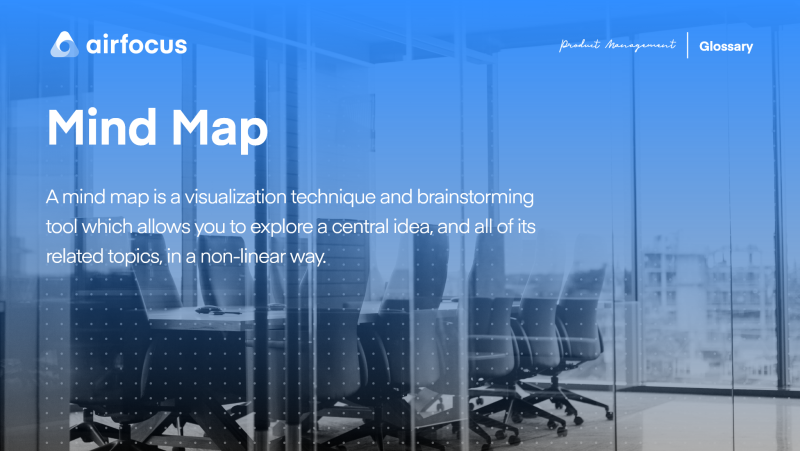Mind Map
What is a Mind Map
Mind Map Definition
A mind map is a visualization technique and brainstorming tool which allows you to explore a central idea, and all of its related topics, in a non-linear way.
When brainstorming, or attempting to see a particular topic from all angles, linear tools — like lists — aren’t always the best solution. In fact, thinking this way can hinder creativity. The solution? A mind map. This organizational structure allows you to explore a central topic on a deep level through associated ideas and concepts which branch off from the center organically.
How to use a mind map
On paper, a mind map resembles a tree, with your central topic at the center of the page. From there, lines (or branches) are drawn to sub-topics represented by keywords.
From here, you can go another level down with even smaller branches sprouting off into other related areas. With each new level, you move further away from obvious or surface level ideas and thoughts — that’s why a mind map can help you fully explore a topic, beyond face value.
The advantages of using a mind map
Whether you’re designing a new digital product or improving an existing one, a mind map can be an essential tool. Mind maps:
Allow you view a topic non-linearly, revealing key connections you may have missed before.
Deliver high-level information at a glance, but can also provide a deeper dive when required.
Are a great collaborative tool for teams who want to make completely informed decisions as a group.

General FAQ

Glossary categories
Experience the new way of doing product management

Experience the new way of doing product management







